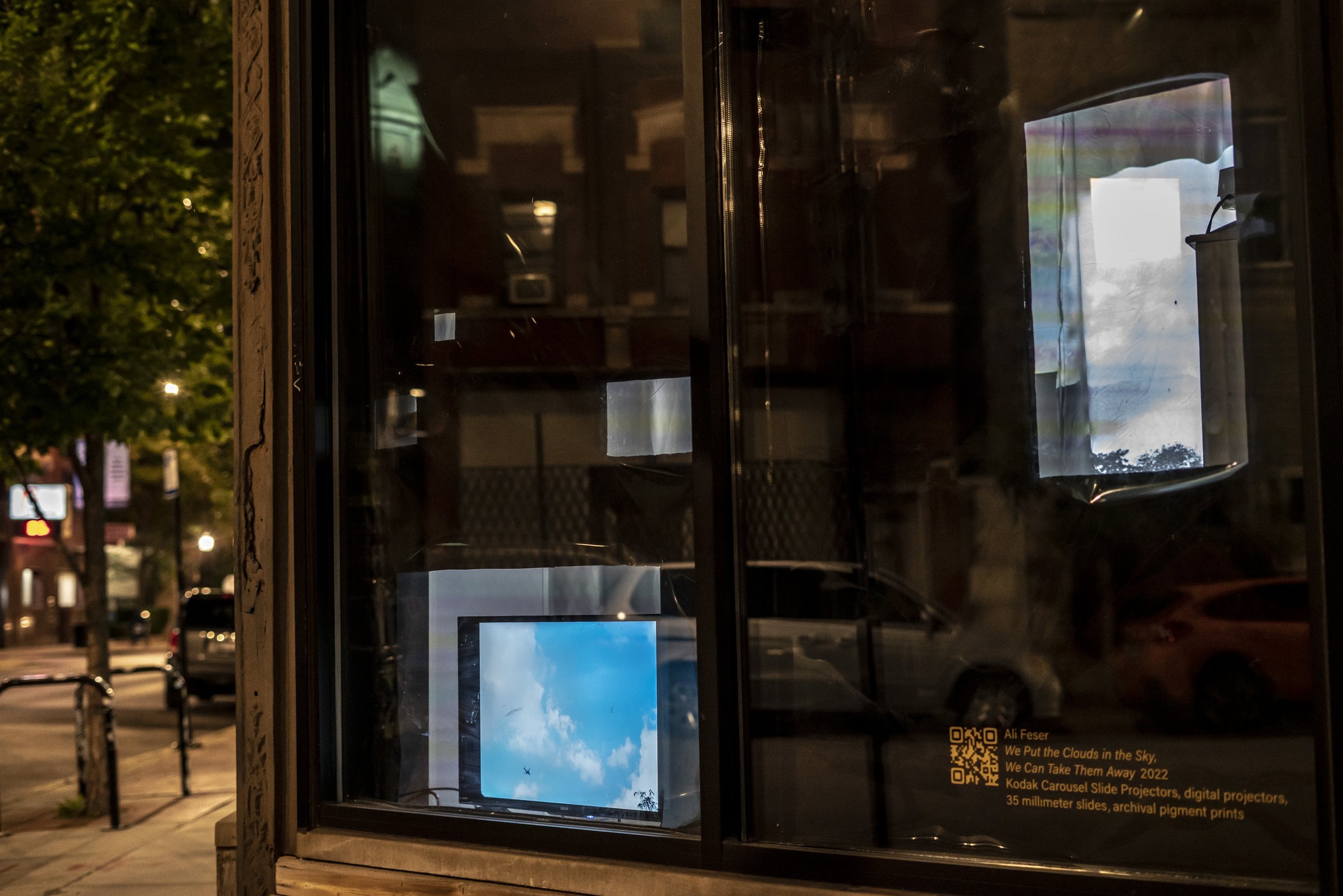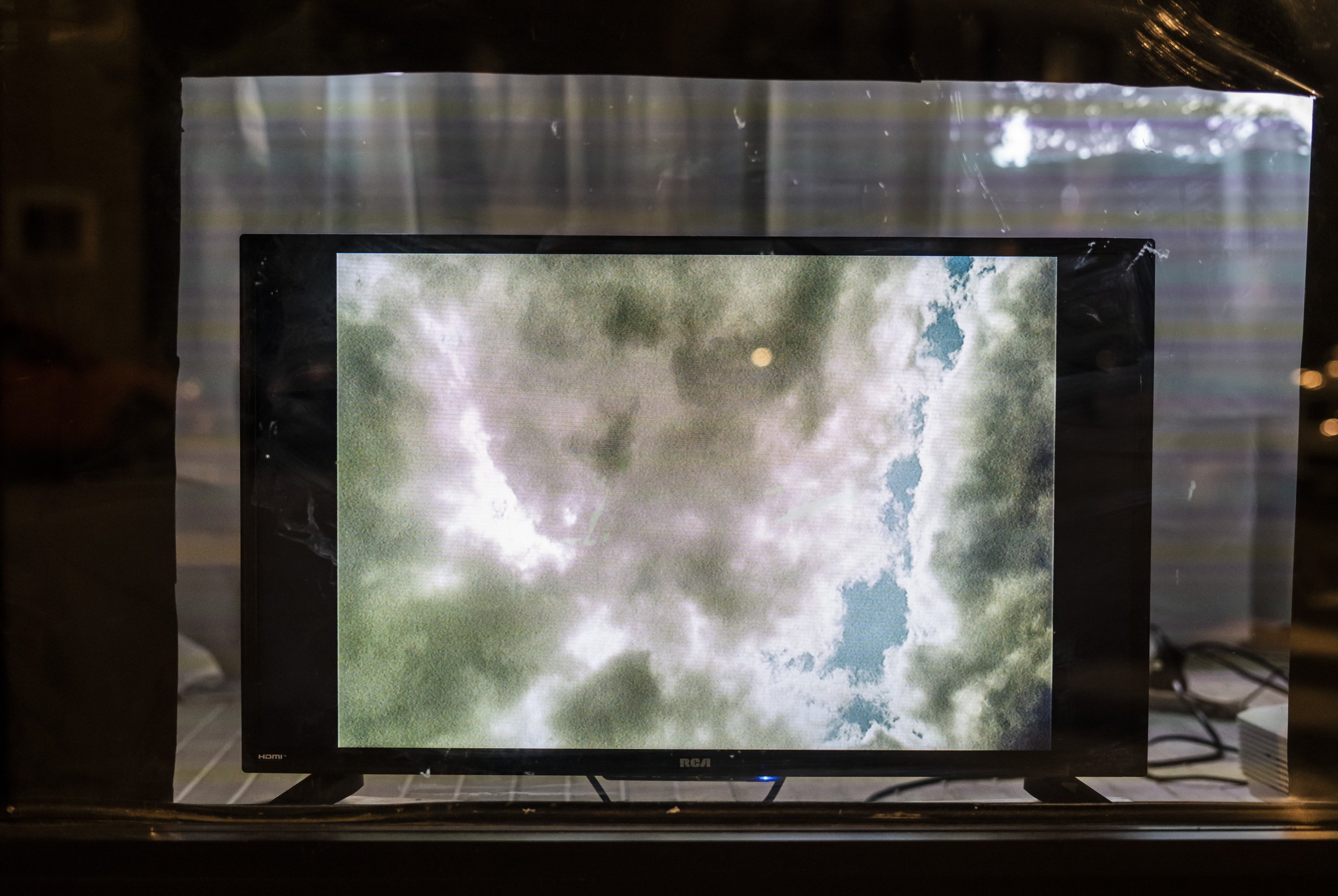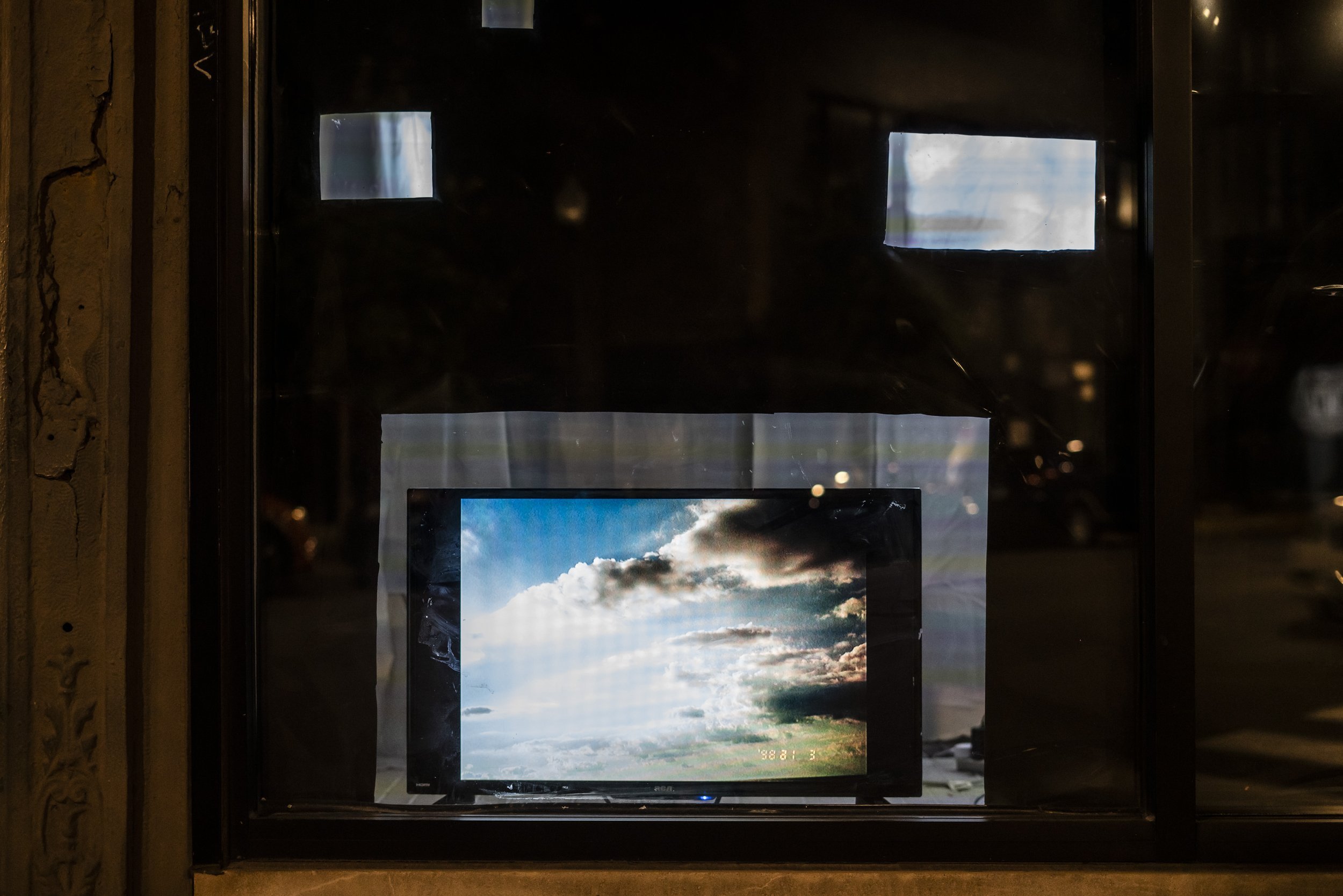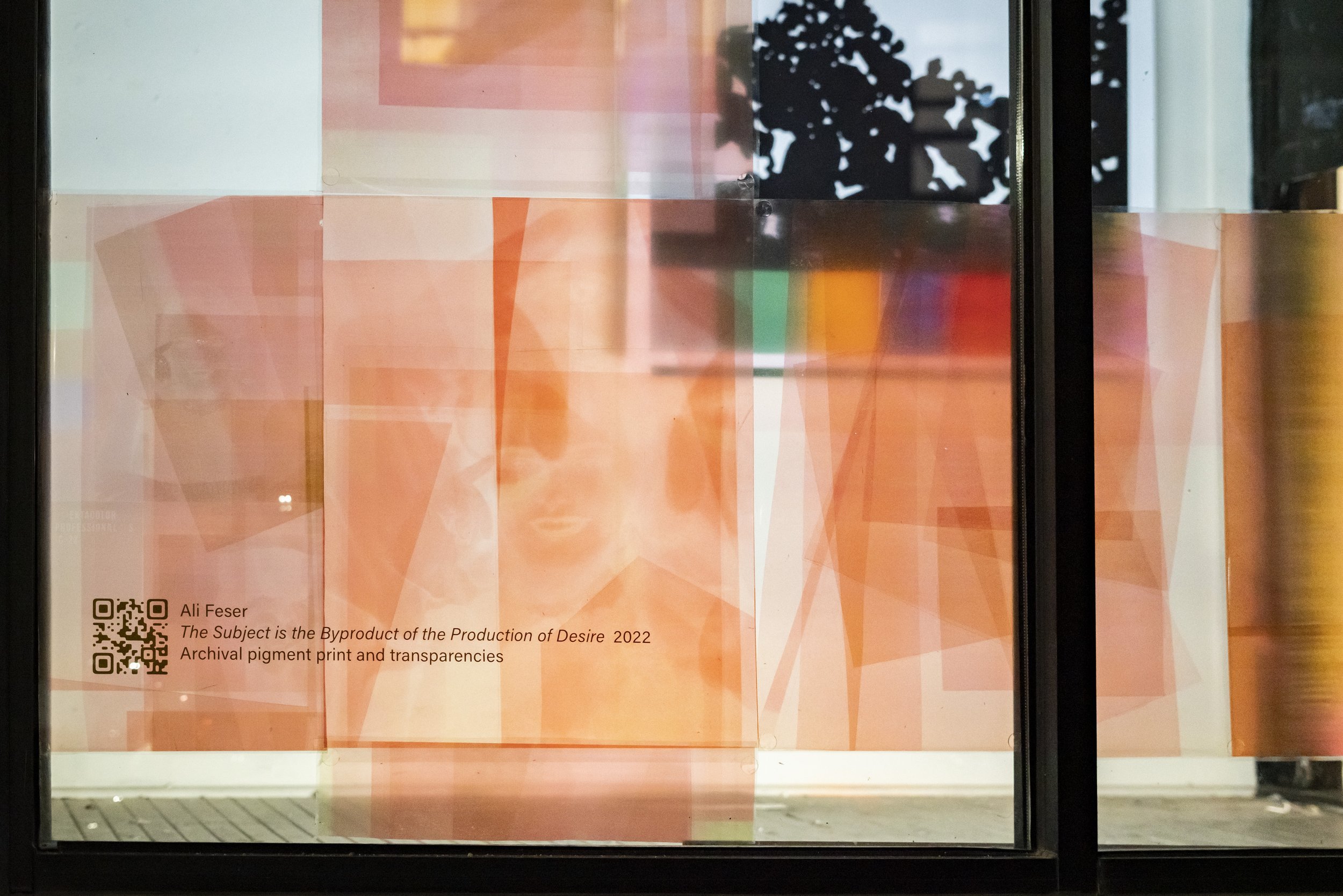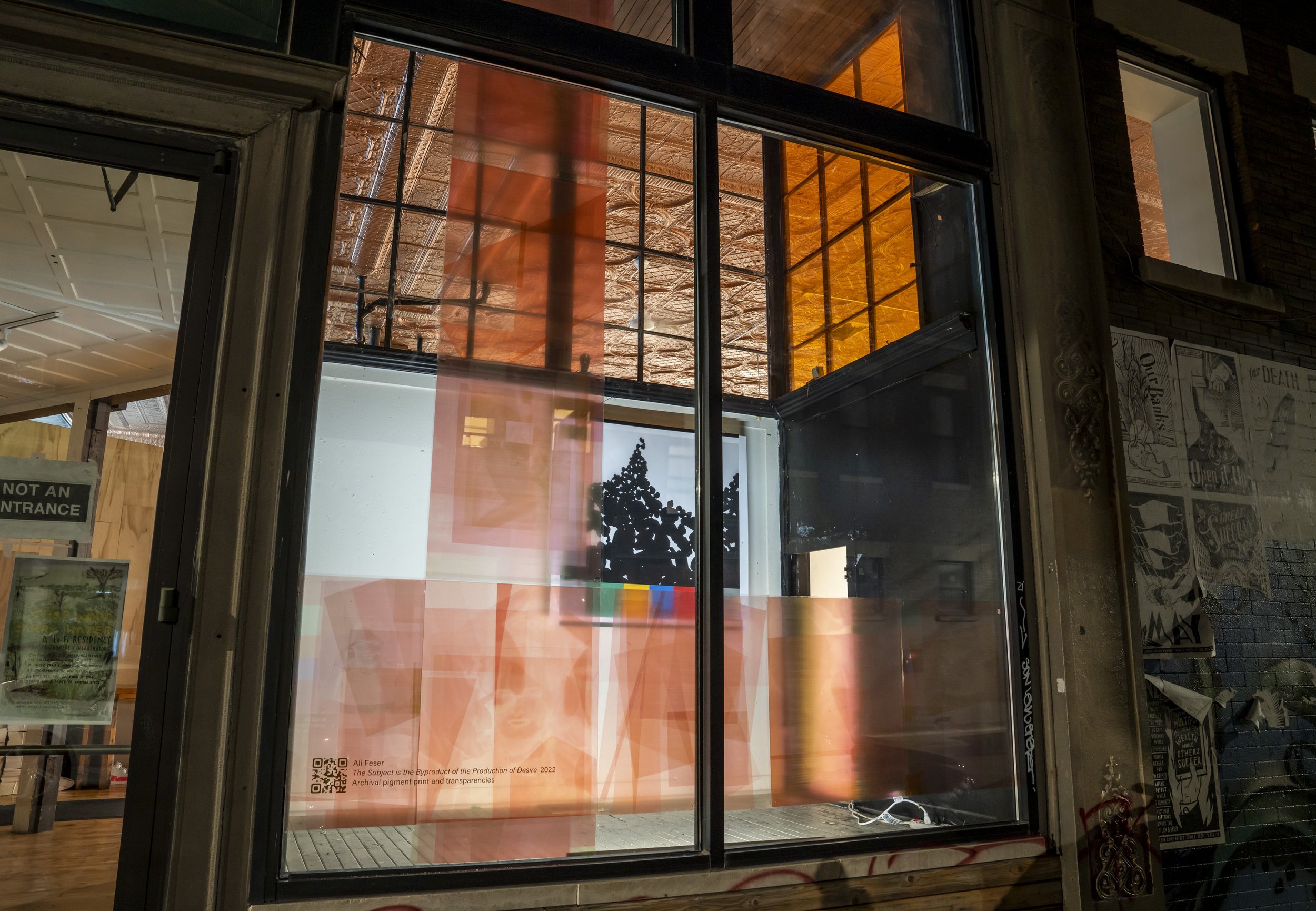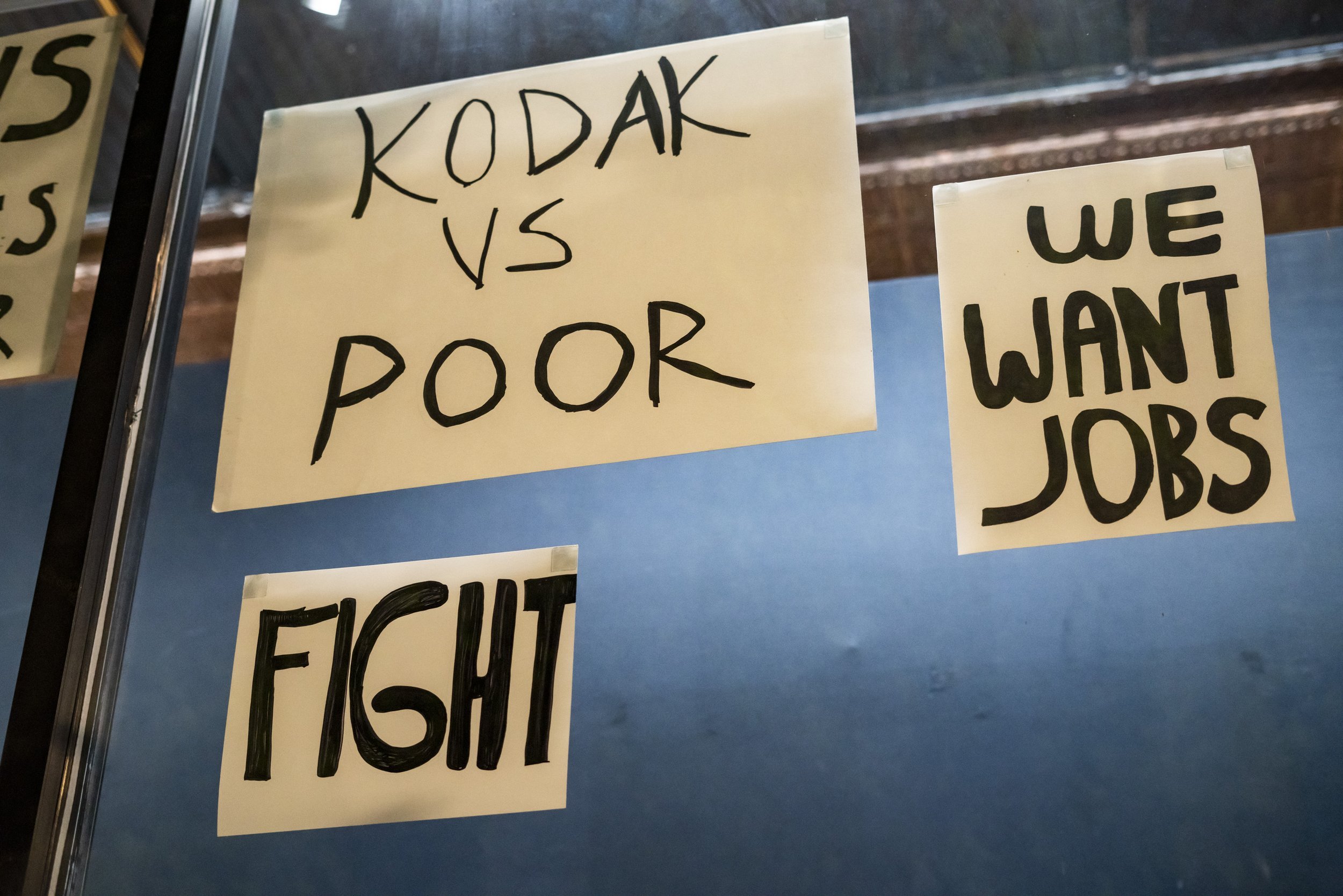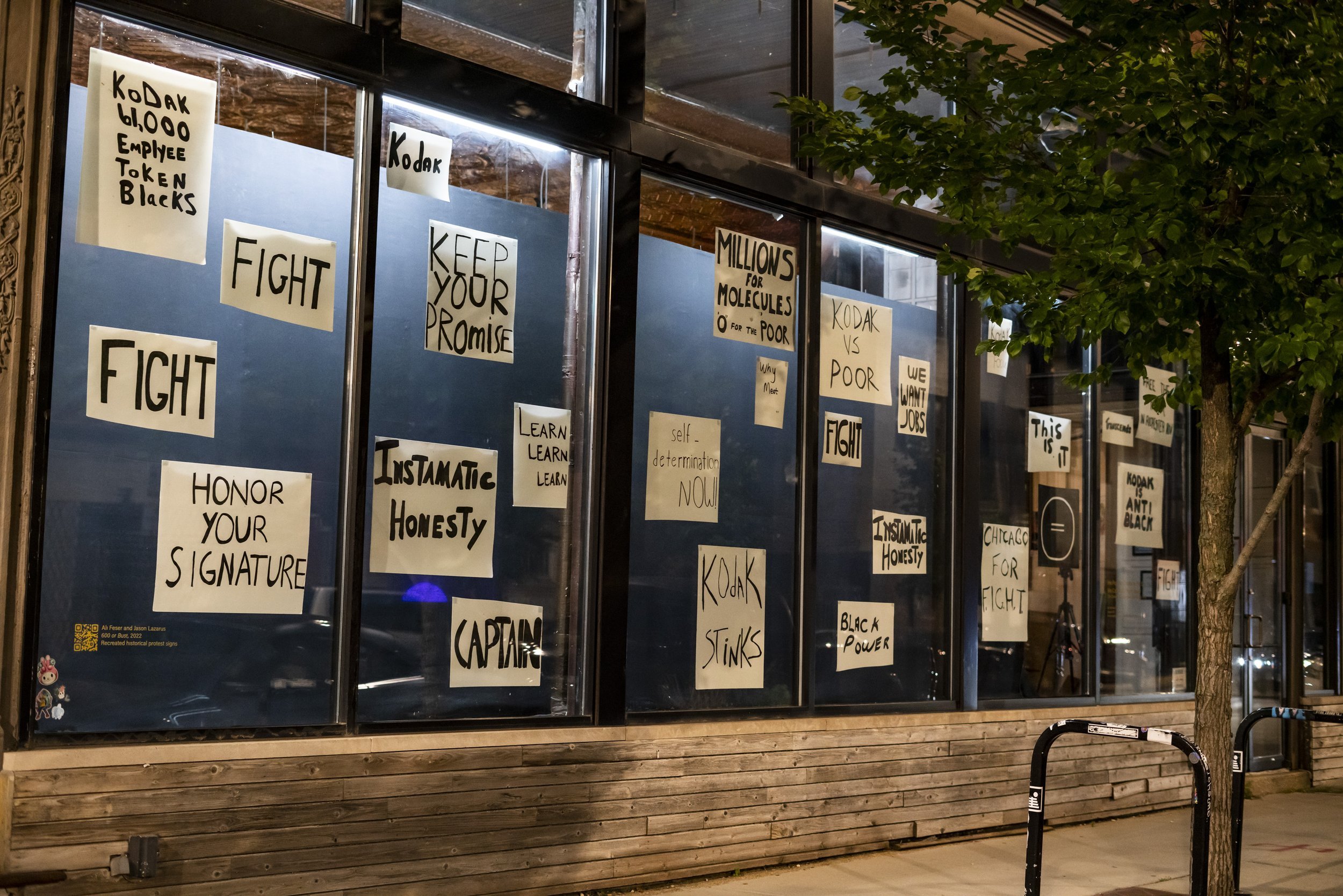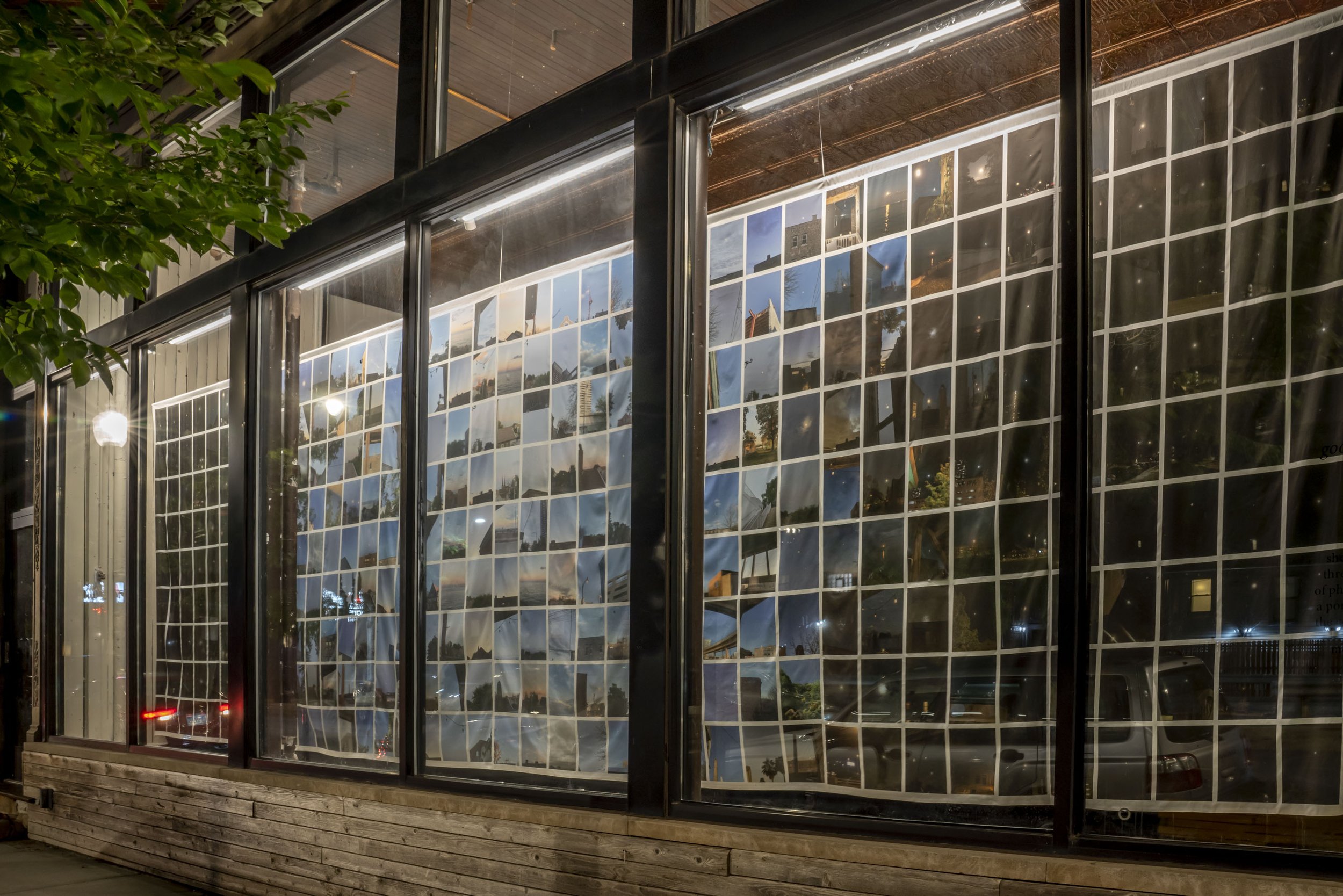“you must let your brain melt your heart, & there crouching naked in the fumes is the clown.”
-Molly Colleen O’Connell
When Demeter, the Greek goddess of the harvest, roamed the earth in abject despair after her daughter Persephone had been kidnapped, she became inaccessible. Fields went barren, there were no harvests, the people went hungry. Nothing could shake her depression.
That is, until Baubo appeared, lifted her skirts, and flashed her. JOY! The shock of the moment cracked Demeter open into unexpected hysterical laughter– joy embodied, remembered, released from the depths. Laughter galvanized Demeter out of apathy, into action. She rediscovered the strength inside herself to retrieve her daughter from captivity in the underworld.
Baubo, unknown to many, nonetheless continues to crack open skulls and plant her seed of wonder. In BAUBO UNEARTHED, a group exhibition curated by Stephany Colunga, artists who have been infected by Baubo’s spirit join in a celebration of raw, powerful primal joy– laughing in the face of the disconnection & disengagement tempting our lives under the overwhelm of a crumbling empire. Baubo – and in turn, Colunga and the artists she has gathered here today– refuse to give into despair.
Here, Baubo’s seeds sprout into tendrils that reach and tangle with others who have been inoculated with the sacred spores of her mystery. An artist and maker of modern relics and talismans, Stephany herself has been possessed by Baubo’s spirit, ensnared and compelled to seek others around the globe who have been as well.
Keep spiraling out towards transcendence, keep reaching, and you will find one another in the collective conscience. When cynicism feels like the only sensible conclusion, Baubo bursts out of the barren landscape, bringing down laughter like rain to wet the dry dirt that’s been hardened by these oppressive, patriarchal structures.
Come, delight in Alicia McDaid’s (McDazzler) performance– as vibrant, surreal, and hilarious as they are unnerving, a true modern day Baubo. Step closer to KS Brewer’s sound sculpture and eavesdrop on chilling conversations emitting from its toothy orifices. Encounter profound absurdity in Crackhead Barney’s anarchic confrontations with strangers on the street. And aren’t these all depictions of life in the grotesqueries of late-stage capitalism? Where daily we witness atrocities that yesterday we would have thought impossible to tolerate?
In this diverse collection of work, we engage with the horrific and the beautiful side by side, and who’s to say which is which. Be haunted by the intimate oil paintings of Amanda Joy Calobrisi, with their tender neon depictions of anasyrma– the lifting of the skirts– appreciating both introspection and solidarity as we reflect together. And equally energizing the return of Baubo, we are intrigued and enchanted by the mysterious, drawn towards the resilience of Colunga’s relics, in Yolanda McLellan’s and Baylen Levore’s sensual sculptures. We are charmed by Helen Welton’s colorful depictions of the goddess herself: a head and a vulva on legs!
Infected with Baubo’s esoteric, psychedelic, trickster energy; joyous, untamed divine feminine energy. In a time marked by immense grief, constrictive fear, the immeasurable losses of genocide, extinction, climate chaos, extreme wealth and resource inequality, constant looming dread, loss personal/global and profound, exploitation, war, white/male/human supremacy, the grief is overwhelming, suffocating, neverending, it’s hard to breathe or find the space or words as we’re imprisoned by our despair and daily realities. What new horror will we face today? What global catastrophe?
Plutocracy: rule by the wealthy; Pluto, Roman name for Hades, god of the underworld and abductor of Persephone, Demeter’s daughter. Looming plutocratic oligarchies strip our bodies of rights: women lose control of their reproductive autonomy; trans and nonbinary people are denied personhood. Any semblance of protection of our earth’s resources are scrapped and she is further mined and exploited, reeling us deeper into climate chaos and destabilization, while new frontiers are proposed on the moon, on mars, through artificial intelligence– our own bodies, our own intelligences, our own creativity, feel powerless and naive in these shadows.
But Stephany refuses to cow down to this despair. Baubo, still alive in the collective consciousness, reveals herself to her initiates, offering courage in the face of any authority telling us we have no choices; offers succor in the form of return: return to care; return to openness. Return of empathy and connection. Return of belonging to one another in euphoric queer love; return to nature’s deep rhythms; return to generosity and abundance, sharing and depth. A return to trusting intuition, speaking up against injustice, offering a helping hand. A return to what we know to be true.
Stephany digs deep into the soil-made-fertile-again and unearths the goddess, discovering shards of her. She pieces them together like a puzzle. A trunk of artifacts. Inside: fragments of pottery, a stone sculpture of Pan’s head. A collection of antique depictions of Baubo. She digs deeper into research, follows threads, knits together a narrative, asks more questions. Baubo leads the quest. Quest of questions, spawning more. Baubo stokes the fire, keeps it alive.
These shards of pottery, these fragments of memory– where did they come from, what story do they tell? Why is Baubo returning to our collective consciousness right now– what does she ignite in you? Stephany sought and found the artists who’ve similarly been ignited by Baubo’s mysteries.
How does Baubo crack open our skulls and plant a seed of mirth? We call her down in our need. How do we tend the sprout that emerges, how do we nurture it so it may thrive and grow? We search for other vines and braid ourselves together with them– we grow the tiny twitch of a smile into a rip roar belly laugh–
Come, open this old dusty trunk and put the pieces of the puzzle together yourself. If you accept the invitation offered in the show to engage with its diverse work, any tendency towards apathy becomes understood as lazy, boring, an obstacle to living. The alternatives– frenzied, feminine rebellion; raw anarchic joy; deep, intriguing mysteries– are much more generative and powerful.
Come explore the Eleusinian mysteries, a secret cult that survived for 2000 years with a nine day journey from Eleusia to Athens and back to the temple of Demeter. See the tablet of Ninnion, the only known depiction of this unspoken goddess cult, long shrouded in mystery. Notebooks are filled with historical research that read as paeans and poems. The initiates descended into the depths of the temple and stayed inside its dark womb-like recesses for days, until they emerged triumphant, minds expanded to the interconnectivity of life, awakened to new awe. The joyful exuberance of life in all its mystery and glory! Lives changed, perspectives changed! Baubo is all around. Can you feel her cackle?
Unnamed caretakers initiated into the mysteries kept the secrets alive, tending their small flame through the ages. Safekeeping the esoteric wisdom of the existence of Baubo. This strange clownish figure. A divine fool. A sacred joke. No shame, no embarrassment. A constant return to our innate humanity. Stoking a small amount of hope alive when the manmade powers do all they can to crush the spirit. Apathy is a useful tool for them, keeping you locked out of your own care, your own humanity. This female trickster tells you no! don’t give in to your despair! Laugh! It’s funny it’s absurd it’s insane! Find the rebellious spirit inside you and FEED IT. Confront the machinations of man. Own your body, flaunt it, be ungovernable. Thumb your nose at authority, or scream in its face. Lift your skirts and show off the thing they want you to hide and be ashamed of. Embody life, say YES. Refuse to obey, refuse to comply, shout NO. Find your voice. FIND YOUR GRIEVING SISTER AND MAKE HER LAUGH WHEN SHE THOUGHT SHE NEVER COULD AGAIN. Take her hand and comfort her. Retell myth. Recreate the story as one of collective care and celebration. Let the lone hero languish in the depths by himself, let him exile himself to mars if that’s the fate he so desires. Follow the trail Baubo has left, through curiosity and back towards agency
Follow the threads, seek the other ones who’ve been awakened to this intricate blossoming laughter in the face of grief and thaw in awe of the Miracle of Spring's return.


